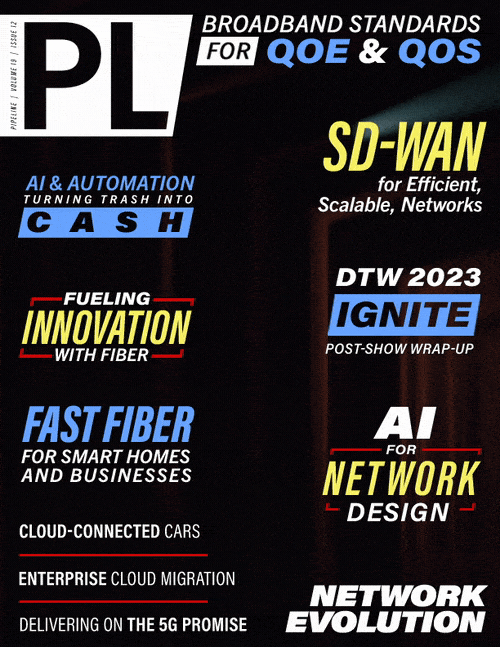Efficient, Scalable Network Architectures
Multi-Tenant Isolation Beyond VRFs: While some SASE solutions offer configuration-level isolation akin to VRFs for routing domains, execution isolation is often overlooked. Traffic from multiple organizations within a POP might share the same execution context, leading to performance and reliability impacts.
Multi Cloud and Edge Connectivity: Look for solutions that provide inter-office connectivity and enable connections to multiple clouds and edges via cloud and edge providers' specific networking services. Ensure the multi-cloud and edge connectivity is seamlessly integrated into a unified management interface for streamlined troubleshooting.
Comprehensive Security: Verify that the chosen SASE provider offers comprehensive security, encompassing DNS security, IDPS security, firewall, SWG, CASB, ZTNA, DDoS protection, and more.
Integrated Identity Brokering: For applications that require users from multiple companies to access multi-tenant or collaborative applications, integrated identity brokering is essential. Some SASE solutions rely on third-party identity brokers, while others have started integrating this functionality.
Simplified Policy Management: Two distinct approaches to policy management exist today—employing a single flat table encompassing all security functions and applications, versus adopting multiple policy tables with separate instances for security functions and a dedicated table for each application or group of applications. While a single flat table might suffice for smaller organizations, it can evolve into a management challenge for larger entities.
There are scenarios where multiple policy tables prove essential due to dynamic traffic attributes. Consider instances where certain traffic undergoes TLS inspection while others do not. In such cases, a single access policy table for Secure Web Gateway (SWG) could prove unwieldy for administrators. Instead, employing two distinct access policy tables yields better results.
Enhanced Policy Granularity: Some SASE solutions may boast URL-level filtering capabilities, but upon closer examination, they may only provide domain-level filtering. It's important to consider internet sites like Reddit, which host diverse content spanning both productivity-related and non-productivity-related materials. Effective policy enforcement demands URL-level categorization and the associated access controls.
Integrated Observability: Attempting to address observability with disconnected solutions only exacerbates confusion. Forward-thinking organizations recognize the imperative to transition their infrastructure into a comprehensive, end-to-end platform, enabling observability to operate cohesively. This ensures prompt identification and resolution of network performance and security concerns.
Misconfigurations: Misconfigurations remain a significant cause of security breaches within organizations, manifesting in various ways. These include permitting unauthorized users access to networks and applications, broader access privileges for users than intended, and even disruptions to network operations and applications.
While errors are part of the process, mitigating these risks involves employing measures such as configuration management tools that streamline and automate the configuration process. Moreover, organizations can establish a change management protocol, ensuring that configuration modifications occur in a controlled and secure manner.
By addressing these pitfalls and embracing the corresponding solutions, organizations can optimize their network performance, WAN optimization, and security measures to meet the demands of modern organizations.
Looking Ahead
Networks will continue to evolve at breakneck speeds and it’s critical to understand the fundamental issues that can lead to performance problems and security flaws, so they can be addressed before they damage customers’ businesses. While issues can come from any direction, proactively using the latest tools and software to design, monitor, and continuously improve the network can put organizations on the right track for success.
As automation technologies like AI and ML play an increasing role in this process, it’s more important than ever that organizations understand how all these systems work together, where the potential traps are, and how to resolve issues in case the technology fails, because there will be times when it does. This is why combining well-trained IT and security leaders with today’s state-of-the-art technology is a winning formula that is sure to deliver an optimal network and security experience for enterprises.



















